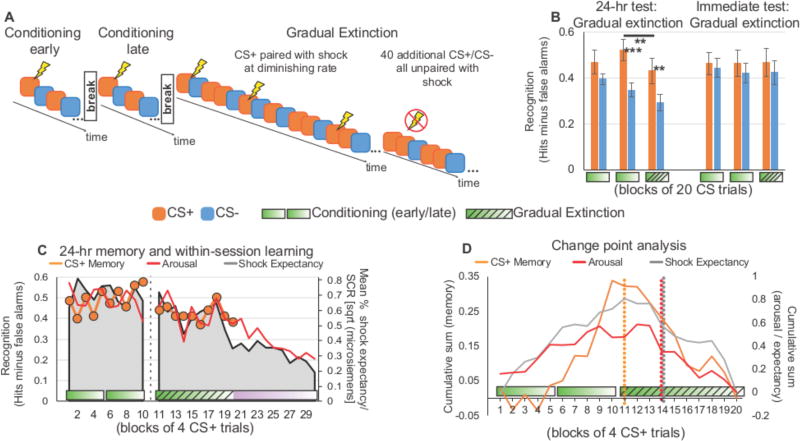Figure 2. Event boundaries segment memory despite occasional shocks during extinction. A-right bars.
A. Gradual extinction paradigm. B. A repeated-measures ANOVA on recognition memory for subjects who underwent gradual extinction and tested 24-hours later (n = 17 left bars) revealed a main effect of CS type (CS+, CS−; F1,16 = 10.577, P = .005, partial eta squared = .398) and Phase (early fear-conditioning, late fear-conditioning, early extinction; F2,32 = 4.363, P = .021, partial eta squared = .214) and a tendential CS type by Phase interaction, F2,32 = 2.900, P = .070, partial eta squared = .153). There was a decrease in memory for CS+ items encoded within the boundary of fear-conditioning versus extinction (paired t-test, t16=3.031, P=0.008). For subjects who underwent gradual extinction and tested immediately after encoding (n = 20 right bars), there was no effect of CS type (F1,19 = 1.157, P = .296, partial eta squared = .057), Phase (F2,38 = .105, P = .901, partial eta squared = .005) nor an interaction, F2,38 = .209, P = .812, partial eta squared = .011). C. Mean shock expectancy (gray area, calculated as mean % expectancy) and skin conductance responses (red line, measured in microsiemens) on CS+ trials indicated that subjects still expected shock during gradual extinction; however, 24-hr recognition memory for these trials was low (orange circles). D. Change point analysis revealed that the decrease in CS+ memory (orange dotted line) occurred immediately after the boundary separating conditioning from extinction, preceding the decline in expectancy (gray dotted line) and arousal (red dotted lines) measured during encoding. Error bars reflect SEM; *** = P < .001; ** = P < .01; * = P < .05.

